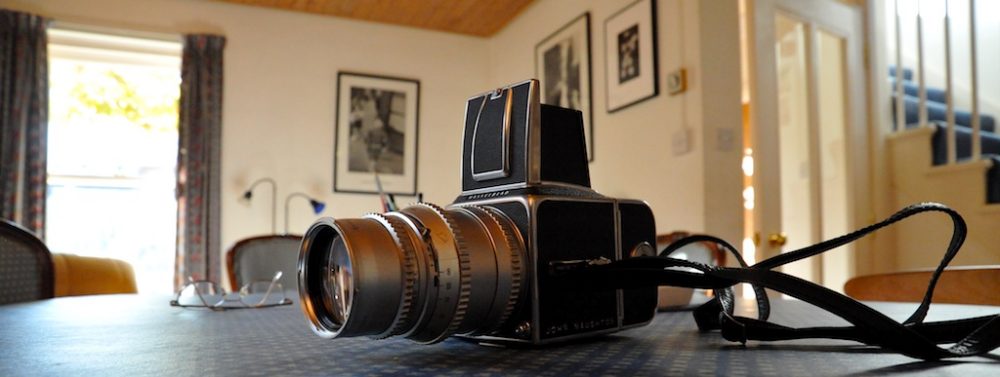Hooray! Good analysis by Scott Feldman of recent US Supreme Court decisions…
Filings of patent suits increased from 2,112 in 1997 to 2,830 in 2006. That does not take into account any increase in the number of defendants per filing. Between 2001 and 2005, the average cost of litigating a large case through trial jumped from $3 million to $4.5 million. How much of that jump is due to the increase in filings–and thus in demand for lawyers–is unknown. At several million dollars a case, plus the costs of settlement and of the many expensive patent opinions sought, the direct costs mount. Indirect costs do, too: companies feel obliged to practice “defensive patenting” to protect against infringement claims, and litigation can disrupt a company’s operations.
In three quick strokes, the Supreme Court has made things better. Though the recent rulings did not necessarily involve trolls, they will affect them. In eBay v. MercExchange, decided in May 2006, MercExchange sought an injunction shutting down much of eBay’s operations. Absent exceptional circumstances, courts used to presume that an injunction should be issued in any instance of patent infringement. But in this case, the Supremes instructed lower courts to apply what’s called a traditional test before entering injunctions. The test gives a trial court more discretion to deny injunctions, since the court must assess what is “fair.” Trolls can no longer count on getting injunctions, even if they win their cases.
In January 2007, the justices made it harder for trolls to wage licensing campaigns. Before, trolls could send letters to targeted companies, putting them on notice–and in so doing putting them at risk of being found “willful” infringers facing triple damages. Companies that wanted to remove that potential liability, however, could not themselves file suit to get a court to declare that they were not liable. Now, according to MedImmune v. Genentech, as interpreted by the Federal Circuit, a company receiving a letter referencing its activities and offering a patent license may file a lawsuit where it resides.
And in April, in KSR International v. Teleflex, the Supreme Court made it easier to find that a patent should not have been issued in the first place, or that it should be declared invalid once sued upon. In KSR, the patentee claimed a patent on the combination of a gas-pedal accelerator and a sensor. The Court found the combination obvious and the patent consequently invalid. The Supremes have reëmphasized that “obvious” inventions are not entitled to patent protection. District-court judges may now use common sense to determine whether a patent for a combination of existing technologies merits protection…
